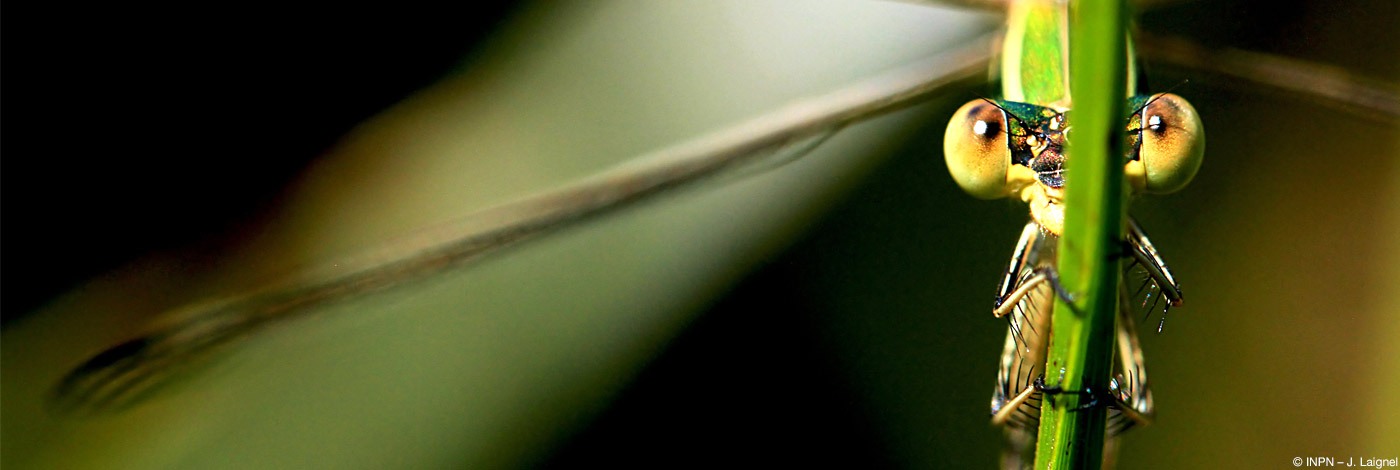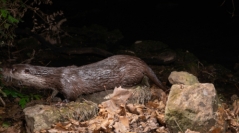

 Naturae
2025 (12) - Pages 147-168
Naturae
2025 (12) - Pages 147-168We study the European otter (Lutra lutra (Linnaeus, 1758)) in the coastal river Lez, near Montpellier (France) in an area of recolonization of an anthropized environment. Our objective is to better understand the dynamics of species establishment. Through non-invasive sampling methods such as camera trapping, environmental DNA, and the search for spraints, we address questions related to the species’ activity period, diet, interspecific interactions, and the geographical origins of detected individuals. Our results indicate a predominantly nocturnal activity, likely linked to human pressure on the river. The diet is dominated by fish such as the chub (Squalius cephalus (Linnaeus, 1758)), but the otter demonstrates great plasticity, also consuming invasive species like the Louisiana crayfish (Procambarus clarkii (Girard, 1852)). Interactions with other species, such as foxes (Vulpes vulpes (Linnaeus, 1758)), are also documented. The origin of local populations appears to be from the north, contrasting with those from the Hérault watershed. Our study highlights the importance of restoring small rivers and improving their connectivity (turquoise infrastructure) for species conservation. It also integrates an interdisciplinary dimension by combining ecological and social sciences, with a survey on local perceptions of the otter. Finally, scientific outreach is addressed through the development of an educational kit and the creation of a “haven” for the otter to raise awareness about the preservation of wetlands and promote sustainable coexistence with the species.
Environmental DNA, semi-aquatic mammals, mustelids, camera trap, non-invasive population monitoring